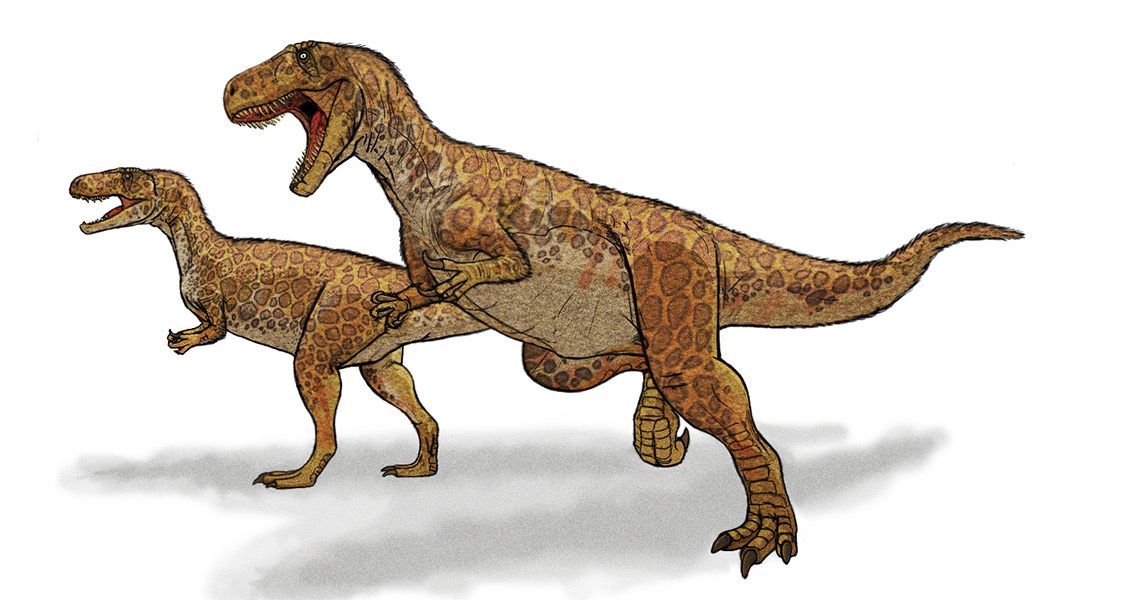<![CDATA[A biologist has analyzed a pair of tracks left by carnivorous dinosaurs 142 millions years ago in what would eventually become Germany, revealing new insights into the daily lives of the long-extinct animals. The two hunters left a pair of tracks as they ambled along what was a beach at the time. The pair differed in size, with the larger one strolling at just over 6 kilometers an hour judging by the distance between its strides. The smaller one, in comparison, traveled nearly 10 kilometers an hour, leaving tracks in the sand that revealed uncertain footing from the skit marks they left behind. All this information was presented at an annual paleontologist meeting in Opole, Poland in early July of this year by Pernille Venø Troelsen, a biologist from the University of Southern Denmark. Troelsen approached the analysis of the footprints, originally discovered between 2009 and 2011 in Münchehagen in the geological region known as the Bückeberg Formation, from the point of view of a biologist, revealing for the first time how scientists from different disciplines can uncover different types of information from the traces left behind in the distant past. According to the analysis Troelsen presented at the annual meeting, the dinosaurs were likely a pair of Megalosauripus, and measured around 1.6 meters and 1.1 meters in height at the hip. Megalosauripus were approximately the same size as a velociraptor, made famous from the Jurassic Park films, and likewise walked on their hind legs. Troelsen also revealed that the smaller one left evidence of crossing its legs as it walked; the biologist said that there were many potential causes for this particular gait, including possibly wanting to stay closer to the larger dinosaur, finding something to eat, or even losing its balance on the slippery sand or from being buffeted by a strong wind. Troelsen said that the footprints could indicate the possibility of social behavior in the animals, implying that perhaps they were a parent and offspring. Troelsen’s new findings add to an increasing amount of evidence that some dinosaur species had social hierarchies, possibly indicating that social groups banded together to care for their young collectively or perhaps hunted together as a pack. As far as the pair of tracks discovered in the Bückeberg Formation, there’s no conclusive evidence that they were were left at the same time. Troelsen commented that if the tracks were laid separately, it could simply have been a random occurrence. The biologist added that the tracks of an Iguanadon crossed the pair of Megalosauripus tracks at one point as well, possibly indicating a relatively high-traffic area. The region has been known to be particularly rich in footprint fossils, with many being discovered over the past two centuries. Other European countries such as Spain and England have proven to be rich sources of fossilized footprints from carnivorous dinosaurs living between 140 million and 145 million years in the past. Image courtesy of Wikimedia Commons user: LadyofHats ]]>
Fossilized Footprints of Dinosaurs Discovered in Germany
